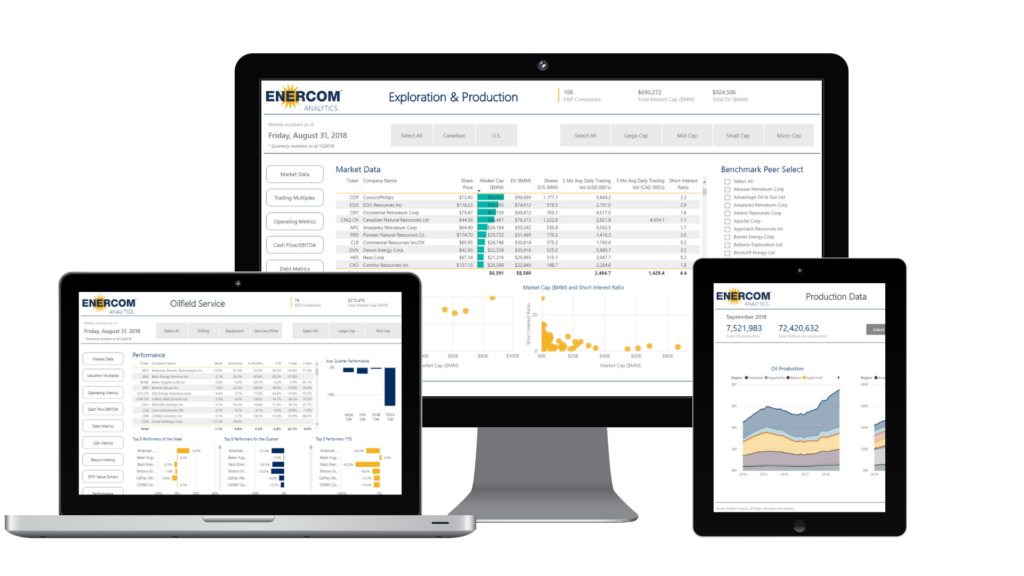From the Wall Street Journal
Two U.S. exchanges plan to launch derivatives that could make it easier to trade a type of natural gas, potentially revolutionizing this market in the way that the Brent and West Texas Intermediate benchmarks did for crude oil, according to people familiar with the matter.
The moves by CME Group Inc. and Intercontinental Exchange Inc. come as increasing shipments of liquefied natural gas from the U.S. and elsewhere have helped create a spot, or short term market, for this commodity, which is transported on ships in liquid form.
Having a spot market makes it easier to launch futures contracts, which will attract a wider pool of investors while offering the sort of real-time prices currently available in oil, gold and many other major commodities. Companies and investors use commodities-futures markets to speculate on the price of a commodity and to hedge its risk against turns in the market.
Currently, buyers and sellers mainly agree to yearslong LNG contracts priced off oil, gas that is piped, and price reporting agencies’ data. There is no global price benchmark for LNG.
Since the late 1990s, the majority of the world’s oil has been priced off Brent, the international benchmark, and WTI, its U.S. equivalent. There are already several benchmarks for pipeline gas including the U.S.’s Henry Hub and Europe’s NBP and TTF markets.
In LNG, “you’re seeing an evolution toward more market-based pricing, but there hasn’t been that real consolidation around a couple of benchmarks yet,“ said Jason Feer, head of business intelligence at consultancy Poten & Partners. ”Oil was a fragmented market and then over time it consolidated around Brent and it consolidated around WTI,” he said.
To be sure, companies have already tried before to create LNG pricing benchmarks with limited success, including Japan OTC Exchange and the Singapore Exchange, better known as SGX.
But industry analysts say that the chance of success is greater with an increasingly large spot market underpinning the futures contract—an agreement to buy or sell an underlying asset.
The CME wants to launch a futures contract next year underpinned by U.S. Gulf Coast LNG exports, two people familiar with the matter said. ICE is also working on a U.S. Gulf Coast LNG futures contract, one of the people said.
Peter Keavey, managing director of energy products at CME Group, declined to comment on specific plans, but said the exchange is constantly talking to its customers about new products.
“There’s definitely an interest in creating a liquid and transparent spot market and then further down the road, from an exchange standpoint, a liquid futures contract would have to follow that liquid spot market,” Mr. Keavey said.
ICE declined to comment.
That spot market is being driven by a number of factors.
For a start, there is just more gas being consumed. Gas is expected to make up around one quarter of the world’s primary energy mix by 2040, up from around a fifth, according to the International Energy Agency. New buyers, including Jordan, Egypt and Pakistan emerged in 2015. Meanwhile, supply has exploded, mainly due to the U.S. shale boom and through new projects in Australia.
Earlier this year, Cheniere Energy Inc. exported the first U.S. LNG in decades through a terminal it converted for this purpose in Louisiana.
At least another four LNG export terminals are expected to start up on the U.S. Gulf coast in the next three years. That would bring U.S. capacity to over 60 million metric tons annually, compared with the world’s top exporter Qatar’s 77 million metric tons a year.
Energy major BP PLC predicts LNG will overtake pipeline gas as the dominant form of traded gas within the next two decades.
“The market will need to evolve and come up with different pricing mechanisms,” said Anatol Feygin, Cheniere’s chief commercial officer.
The new pool of gas and people to buy it has created a more actively traded spot market.
The spot market, defined as cargoes delivered within 90 days of a sale being agreed, made up around 15% of LNG trade in 2015, according to the International Group of Liquefied Natural Gas Importers.
There are signs that spot trades rose sharply this year. Bookings of LNG ships for less than a year—one indicator of spot market activity—have risen by 60% for the January-August period, compared with the same period last year, according to data from gas-shipping company GasLog Ltd.
Another factor boosting the LNG spot market is the growing participation of large trade houses. These giant commodities traders also helped create a global spot market in oil in the 1980s, earning U.S. trader Marc Rich the title ’the king of oil.’
Trade houses, including Trafigura Group Pte., Vitol Group and Gunvor Group, are buying and selling LNG in the spot market, adding liquidity.
“Traders have made a difference in boosting liquidity, we’re not the only factor but we’ve played a role,” said Hadi Hallouche, head of LNG at Trafigura.


